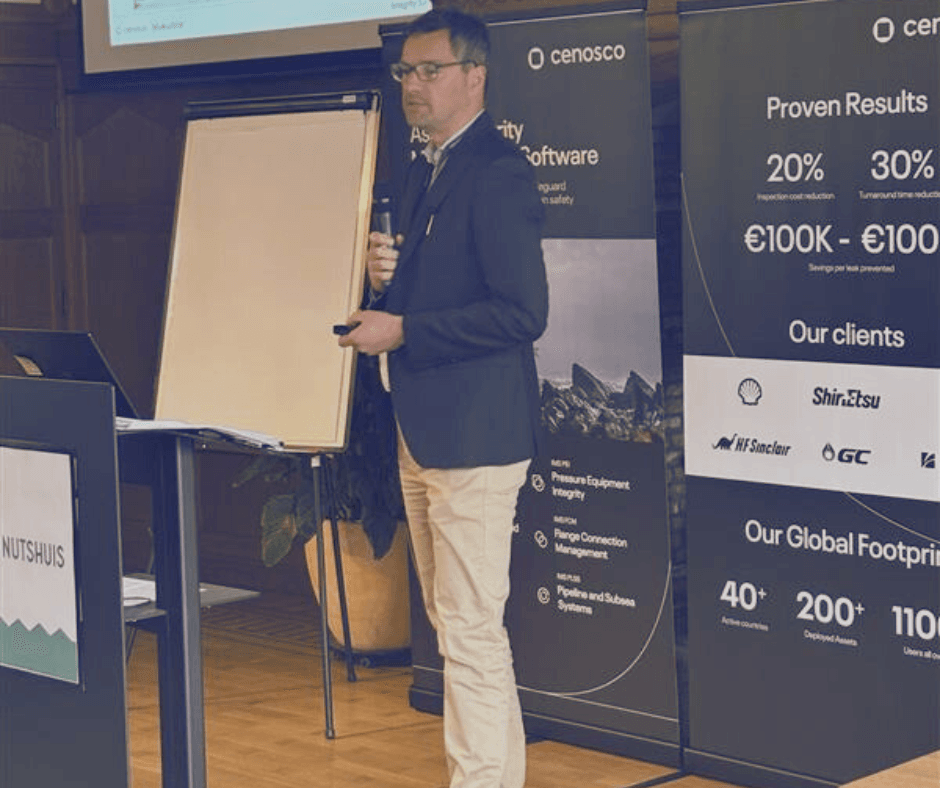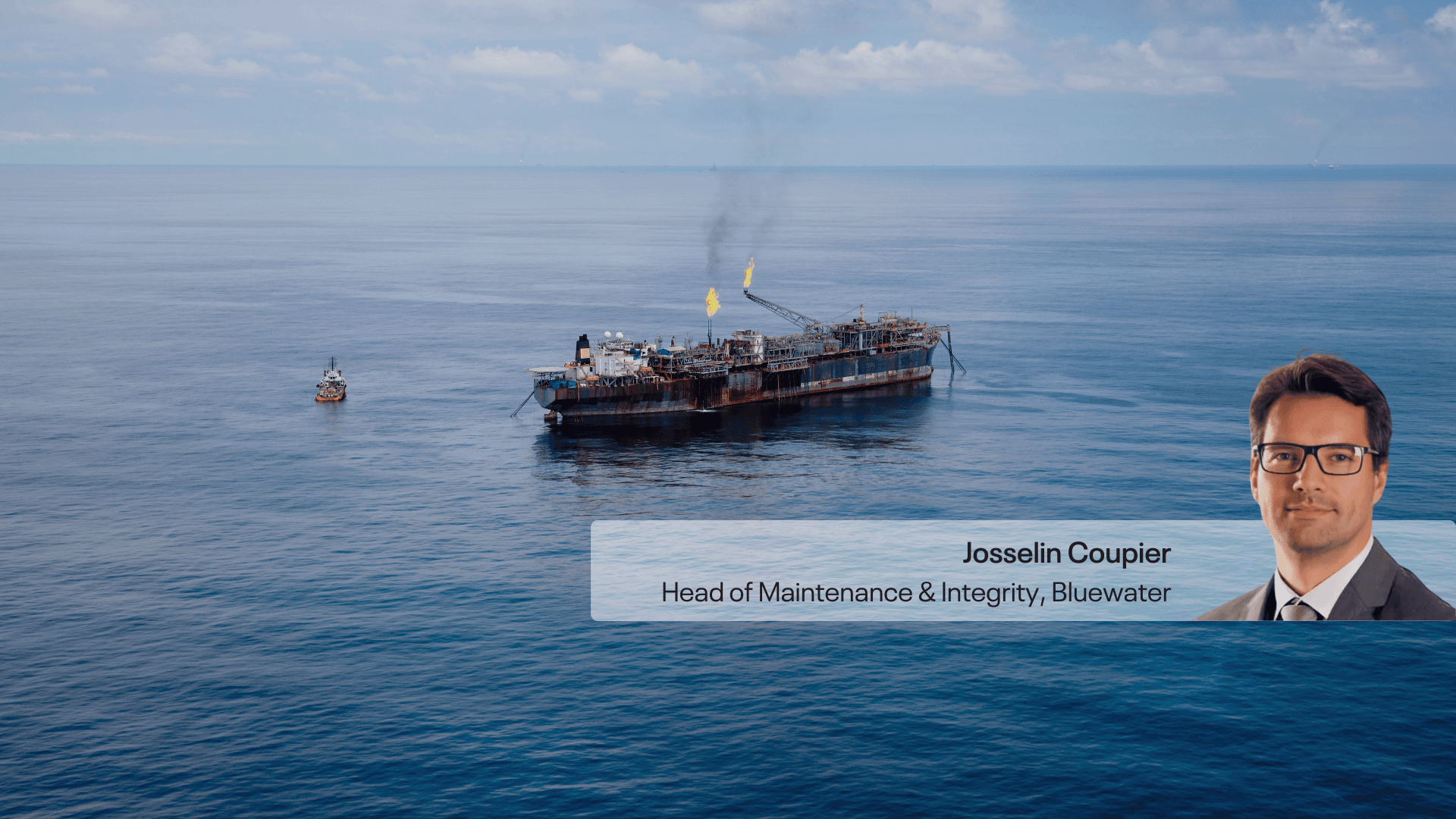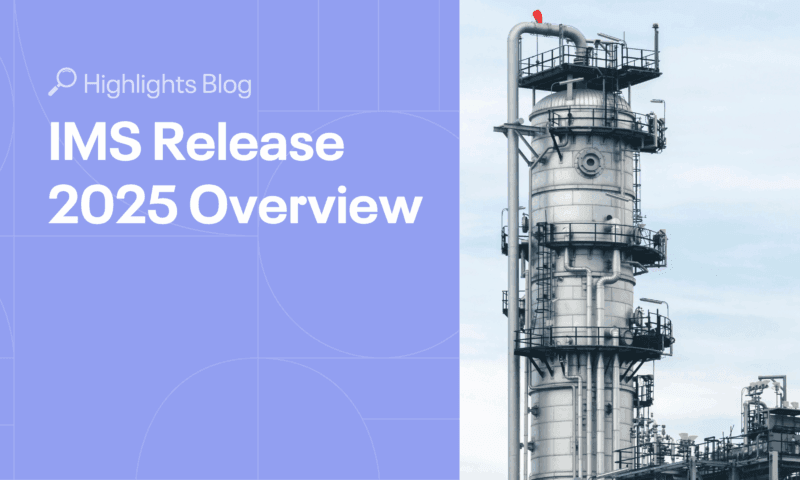Life extension projects on FPSOs are notoriously challenging. With massive scope, tight schedules, and countless variables, they demand a level of planning, precision, and adaptability that few other projects require. Josselin Coupier, Head of Maintenance & Integrity at Bluewater, joined us to unpack key takeaways from a recent life extension project—and his insights cut through the complexity.
Here are the five most impactful lessons for anyone navigating asset integrity, inspections, and execution on an FPSO.
1. Perfect Planning? It Doesn’t Exist—Adaptability Is Key
While solid planning forms the foundation of any turnaround or yard campaign, Josselin was quick to remind us that “you’re never going to get it perfect.” Discovery scopes will emerge. Unexpected issues—material delays, scope creep, even global events like COVID—will happen.
The smart move? Design flexibility into your plan:
- Prioritize long-lead items early through procurement alignment
- Include contingencies for man-hours, materials, and access
- Maintain a live overview of activities across the FPSO to avoid safety or logistical clashes
Having a “fixed-flexible” mindset helped Bluewater stay on track without compromising on safety or scope.


2. Centralized, Integrated Technology Changes Everything
Josselin emphasized how siloed data and manual processes can derail efficiency. The solution? A centralized integrity platform that connects inspection data, risk-based inspection (RBI) models, and scope planning.
“If we had a unified system, decisions would’ve been faster and more confident.”
Key areas where technology helped:
- Cross-referencing data from inspection registers, RBI models, and historical anomalies
- Using digital tablets for inspection reporting, reducing duplication and delays
- Feeding real-time inspection data into RBI for automated risk reassessment
The tech isn’t just a nice-to-have, it’s now essential for delivering value on compressed timelines.
3. From Preventative Actions to Proactive Monitoring
Corrosion under insulation (CUI) was one of the largest scope items during the yard campaign. While Bluewater executed insulation removal, inspections, and repairs effectively, Josselin reflected on what could’ve been done differently:
“We could’ve installed sensors to monitor moisture levels post-yard, to track conditions that drive CUI.”
The idea of continuous condition monitoring, especially for high-risk or hard-to-access piping, can:
- Provide real-time alerts on evolving corrosion threats
- Optimize future inspection scopes
- Reduce insulation removal in future campaigns
Of course, the business case must exist. But targeted monitoring on critical lines is a smart investment for long-term FPSO operations.
4. Don’t Let Your Yard Data Die in a Folder
You collect hundreds, sometimes thousands, of inspection records in the yard. But what happens next?
Josselin and Rowan emphasized the need to feed yard data back into your RBI program:
- Update component corrosion rates and confidence levels
- Rerun risk models to optimize future inspection intervals
- Close the loop between work done and future planning
“The data you come out with is just as important as what you go in with.”
An integrated platform allows that data flow to be automatic, seamless, and actionable, turning effort into long-term value.
5. Class Involvement Starts Early—and Stays Close
Class societies aren’t just present for final inspections. Their role starts with scope definition and continues through execution. Josselin explained how Bluewater worked closely with the class throughout:
- Pre-yard: Review of scope and inspection methodology
- Execution: Witnessed inspections for critical tanks (cargo, ballast)
- Flexibility: Bluewater, as the duty holder, and the designated Independent Competent Person have agreed to permit Bluewater to conduct self-inspections on 50% of the tanks, based on demonstrated competency and a proven track record
Understanding the class’s requirements early and aligning inspection strategies was critical to avoiding rework or delays.
Final Thoughts: Smarter, Not Harder
From start to finish, this life extension project showed that success isn’t about doing more—it’s about doing smarter. Technology, standardization, data integration, and agile planning allowed Bluewater to deliver on time and safely, with added long-term value.
For others embarking on similar projects, these five insights from the frontline offer a powerful roadmap.





